Concerto For Flute And Orchestra
Solo Part and Piano Reduction
-
Ships in 1 to 2 weeks
Details
Description
SKU: PR.114416380
Solo Part and Piano Reduction. Composed by Behzad Ranjbaran. Sws. Contemporary. Set of Score and Parts. With Standard notation. Composed 2013. 48+20 pages. Duration 27 minutes. Theodore Presser Company #114-41638. Published by Theodore Presser Company (PR.114416380).ISBN 9781598067439. UPC: 680160619771. 9x12 inches.
Inspired by the alluring human-like sound of the Ney (a Persian bamboo flute), Ranjbaran aimed not only to highlight the modern flutist’s ability to play agile and brilliant passages, but also to emulate the delicate sound of the Ney, particularly in extended solo passages. The three-movement 27-minute concerto was commissioned by the Philadelphia Orchestra for principal flutist Jeffrey Khaner. The piano reduction was designed by the composer to be practical in live flute/piano performances.The orchestral score for this and other rental works available from Theodore Presser Company are also available for free online perusal at www.issuu.com/theodorepresser. For advanced performers.
The melancholic tone of the Ney (the Persian bamboo flute) is known for its alluring sound, emulating the human voice. In Persian literature, the Ney is considered a mystic instrument capable of expressing deep human emotions.In writing my flute concerto, I aimed not only to highlight the modern flautist’s ability to play agile and brilliant passages but also to emulate the delicate sound of the Ney, particularly in extended solo flute passages.Two prominent characters permeate the first movement of my concerto. They are marked in the score as lamentoso, and con spirito, expressing grief and loss, and joy of living respectively. The lament is mostly expressed in several extended cadenzas for solo flute while the con spirito consists of robust and energetic fast sections played by all forces of the orchestra. Apart from these two characters there are moments of mystery, comedy and the grotesque, among others.In the second movement, the lyrical and poetic character of the flute is prominently presented in dream-like passages surrounded by shimmering and tender orchestral colors. The solo flute is left out in an agitated middle section that references the first movement. In the third section of the movement the solo flute returns in meditative fashion culminating in a duet with the harp.The third movement is written as one continuous quasi scherzo, challenging the limits of agility and brilliance of the flute. Some of the materials from the earlier movements are presented again with joyous character. The coda elevates the concerto into its brightest and most festive character, driving to the end with relentless energy.
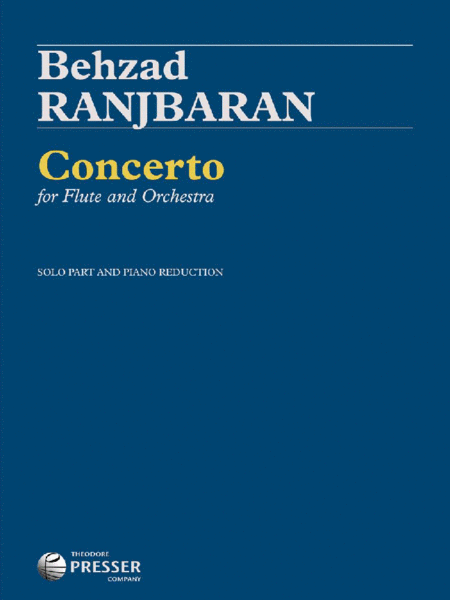
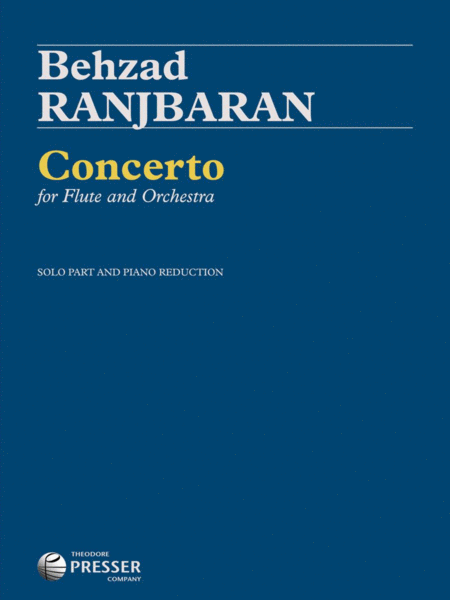
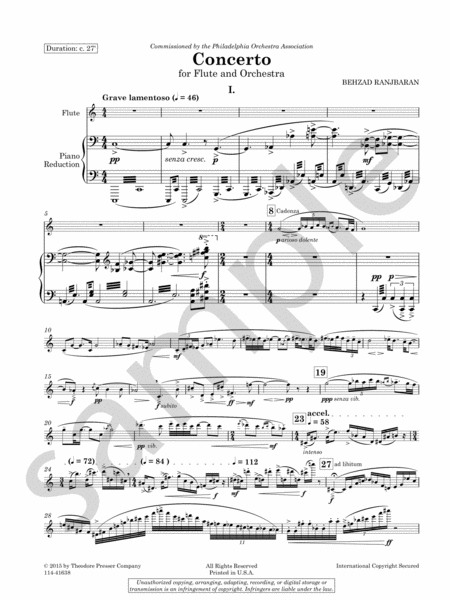
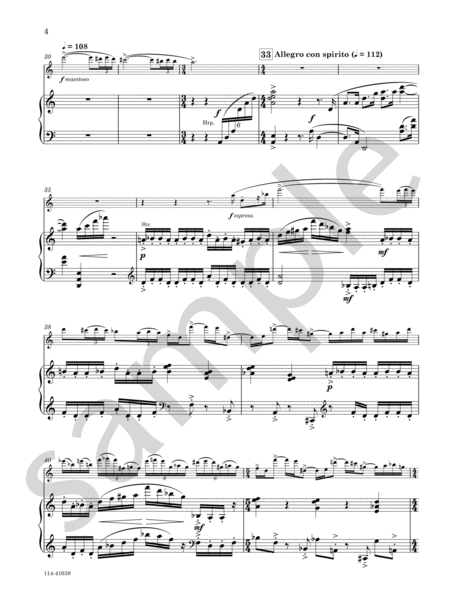
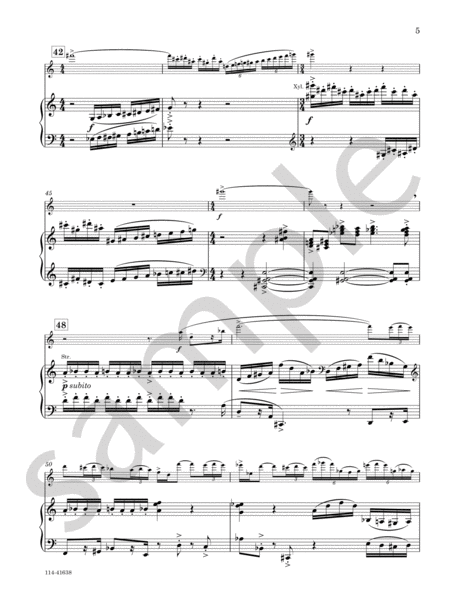
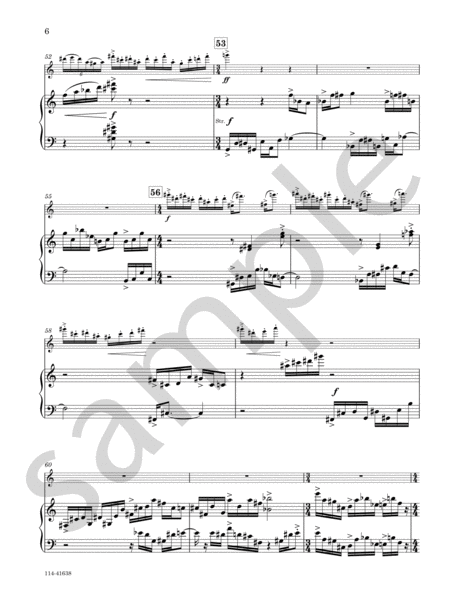
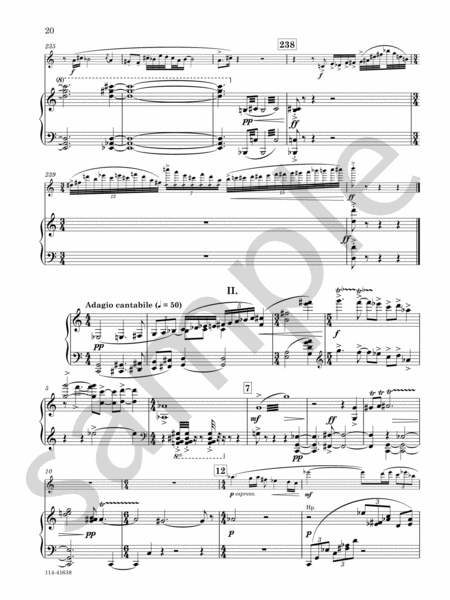
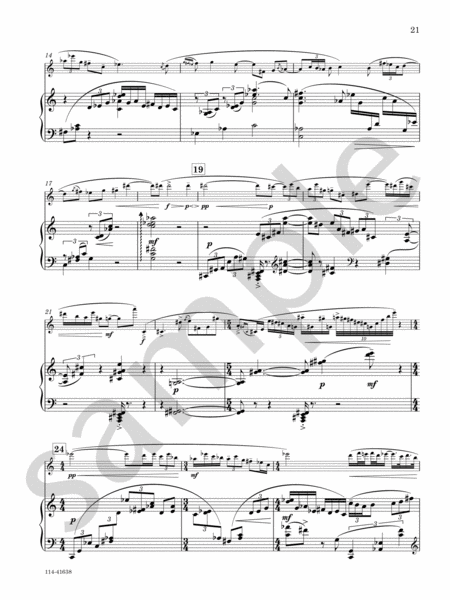
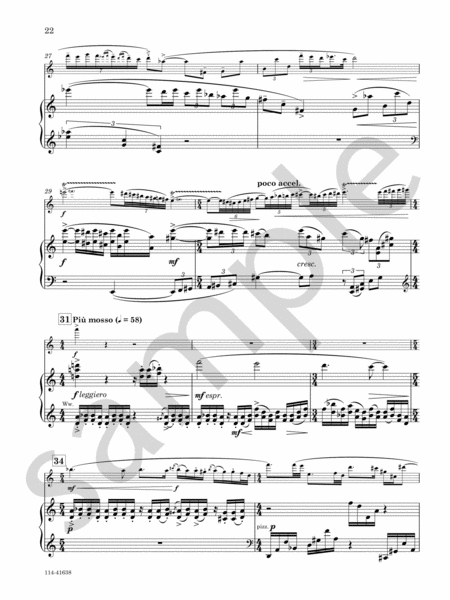
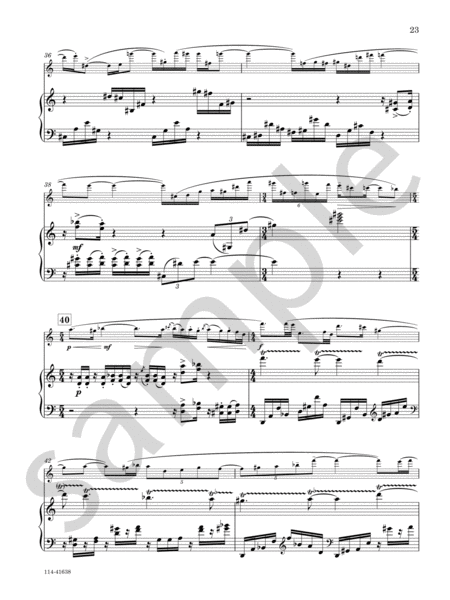
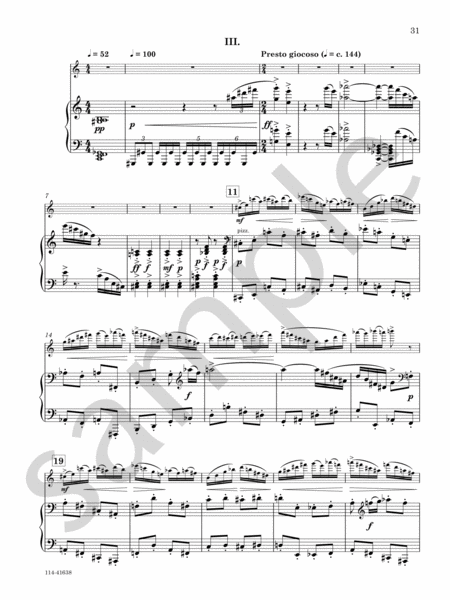
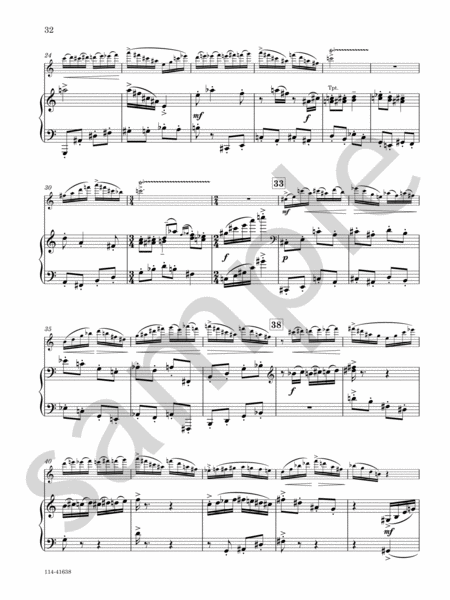
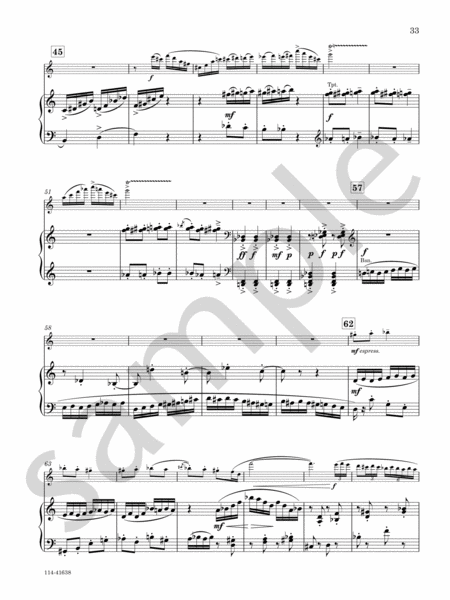
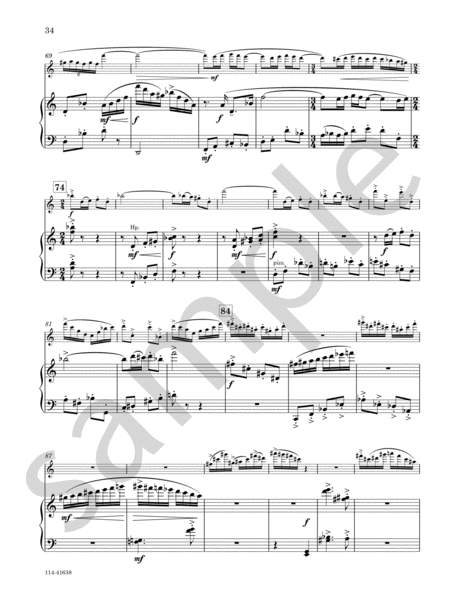
 Share
Share